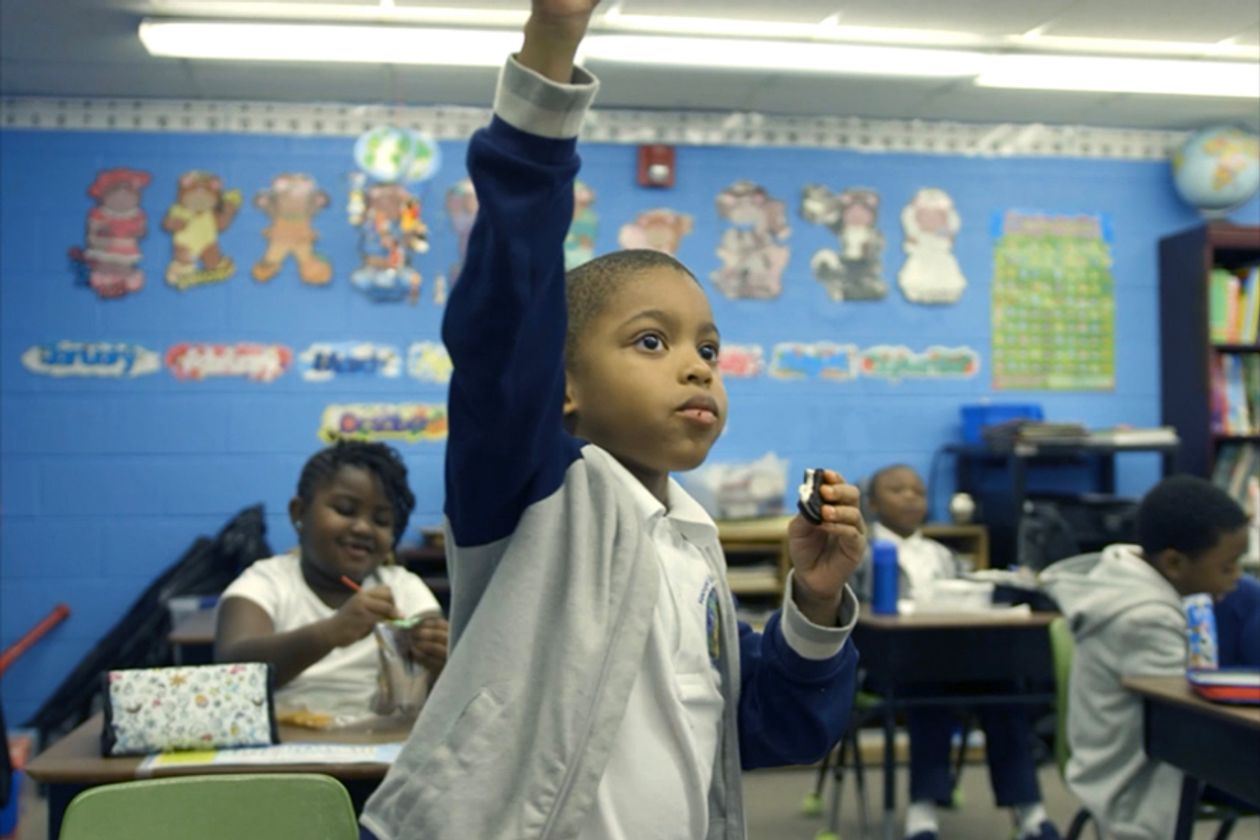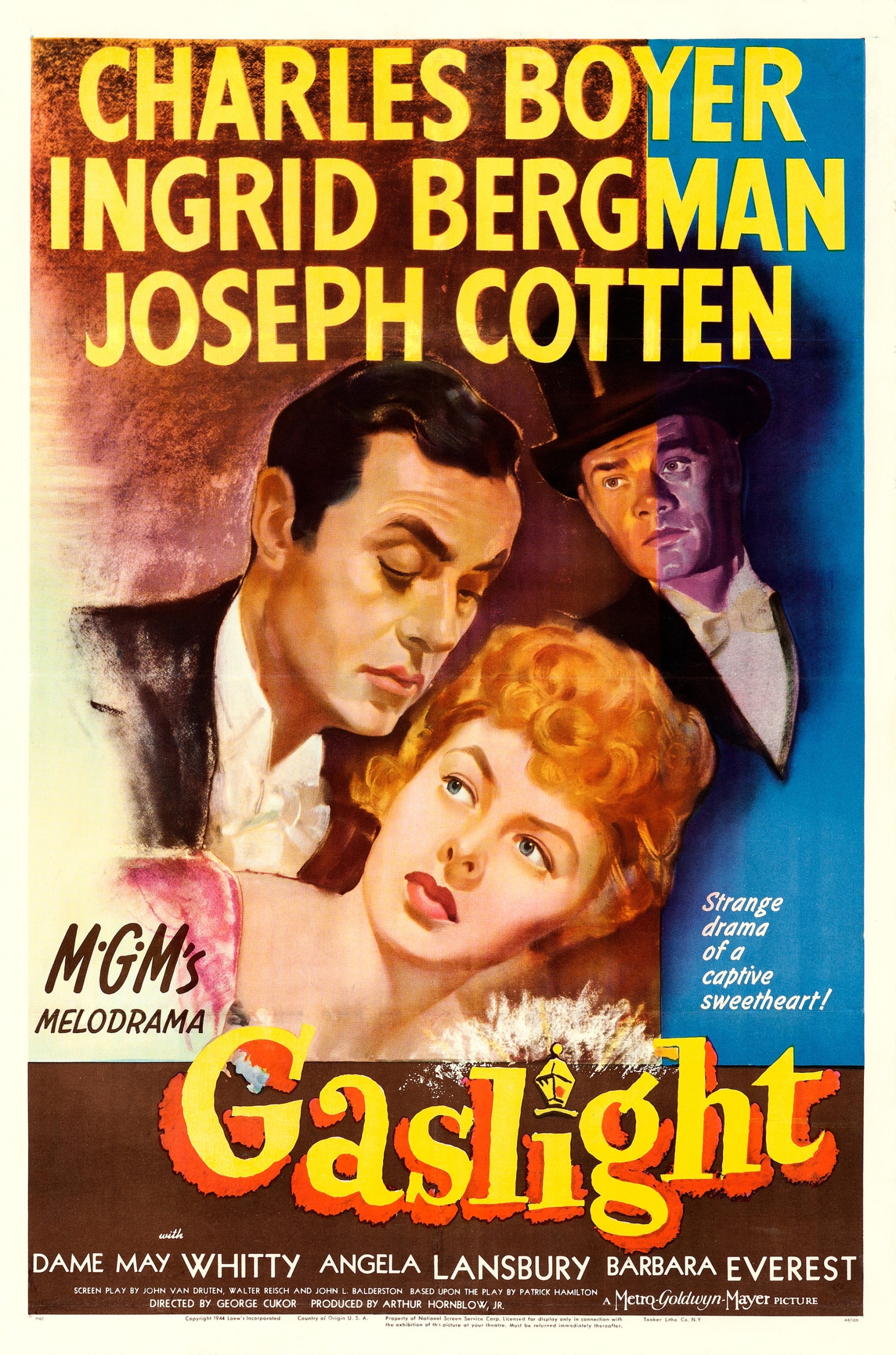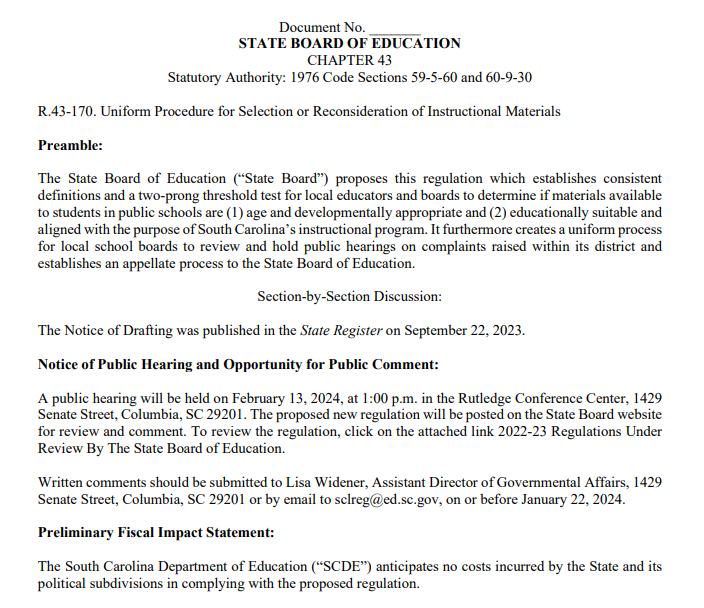Transportation Equity for All
Issue at a Glance
- Without access to transportation, “public school choice” is not really a choice for many families.
- There are currently only a handful of public charter schools that are providing transportation, which creates a barrier to access.
- Average transportation costs range from $650 to $1100 per student at these schools, For public charter schools that do provide transportation, those costs come directly out of the classroom education dollars.
- South Carolina should work to provide transportation to all public schools and programs, including charters, magnets, dual enrollment, career and technology centers and open enrollment options.
How are Charter Schools Funded in South Carolina?

About Charter Schools in South Carolina
Charter Schools are public schools that are allowed the freedom to be more innovative while being held accountable for improving student achievement. Nearly 5% of all public school students are enrolled in public charter schools in South Carolina with over 32,000 students this year. There are 70 public charter schools in South Carolina with 35 sponsored locally and 35 sponsored by the SC Public Charter School District (SCPCSD).
Orangeburg-5 High School for Health Professions’ Transportation Challenge
The Orangeburg Consolidated School District 5 High School for Health Professions (HSHP) is a district-authorized charter school, opened to give students interested in math, science, and health science another option. The school, which opened in 2012, is currently in its 5th year of serving students, 93% of which are African American and 97% of which quality for free and reduced lunch.
Principal Angel Malone shares that many of her students attend some of the local colleges and universities like Claflin University and Orangeburg-Calhoun Technical College while still in high school. An internship program provides another win-win, giving students the opportunity to sharpen their career readiness skills and allowing local businesses the opportunity to develop their workforce pipeline.
Academic achievement at the school is also impressive. The first graduating class had a 98.5% graduation rate, and a 97% college entrance rate, with 54% of those students on scholarships. Those same students entered high school with less than 30% of them scoring proficient on the SC PASS assessment. Additionally, in 2016, six HSHP gained entrance into the SC Governor’s School, a state record for six students from the same school to qualify for these highly-competitive slots.
When asked what excites her most about leading HSHP, Angel says, “I am most proud of our student performance and community partnerships. The students show through their academic excellence that it does not matter where you come from or what you have. There are no limiting barriers or limits to success.”
“I am also proud of our faculty and staff’s dedication and passion towards educating our students. We not only have certified teachers
who provide instruction in our core academic areas, but we also have health care professionals to include a Registered Nurse and Medical Doctor on staff to teach our health science courses. Through their efforts we have been able to secure community partnerships with such places as the Medical University of South Carolina, YMCA, and Agape Hospice. These students, parents, faculty, and staff members epitomize our school theme to Think Big, Think Boldly, and Think Beyond.”
The challenges created by lack of transportation funds are never far from Angel’s mind, however. She says, “I have students who travel from North and Bowman. These are all district schools. In order to get them to our school we must pay for transportation for not only our North and Bowman students, but all students. While we have a positive relationship with our authorizing district, additional funds would assist with cutting cost on our bottom line. This would ensure that a majority of our dollars are spent on the student and instruction.”
One transportation challenge HSHP has faced is how to accommodate students who want to pursue the dual credit track, but who may not have transportation home because their shuttle bus comes earlier than they are released from college. Angel shares that challenges like this “require us to be flexible and creative in how we assist those students.”
Right now, HSHP spends between $70-80,000 classroom dollars each year on bus transportation for their students. Angel says, “This money could assist with hiring another core teacher. Dedicated money for transportation funding would allow my students who travel the farthest an opportunity to attend college early without having to worry about how they will get there.”
Meet Principal Angel Malone

Initially, Angel studied to attend medical school, but was asked by a friend to teach a biology class at a rural area high school. Her time teaching made her realize this is what she was meant to do. After 10 years in the classroom, she was approached to become the planning principle of a new Health Science Charter School that would prepare students for the health care field. She calls it “serendipity” to have the opportunity to prepare students for a field of study that she is personally passionate about.
Angel says, “My life’s purpose is to tap into the potential of others and help them be their best self. I live out this purpose when I am able to open doors for students who never knew there was a door and those who did but just needed guidance in navigating towards their goals. I was a student in high school who was told that I was not college material. Thus my passion is to wake up every morning to prove to these students that, ‘You are career and college material and that you can be anything your mind can conceive and your heart desires.’”





